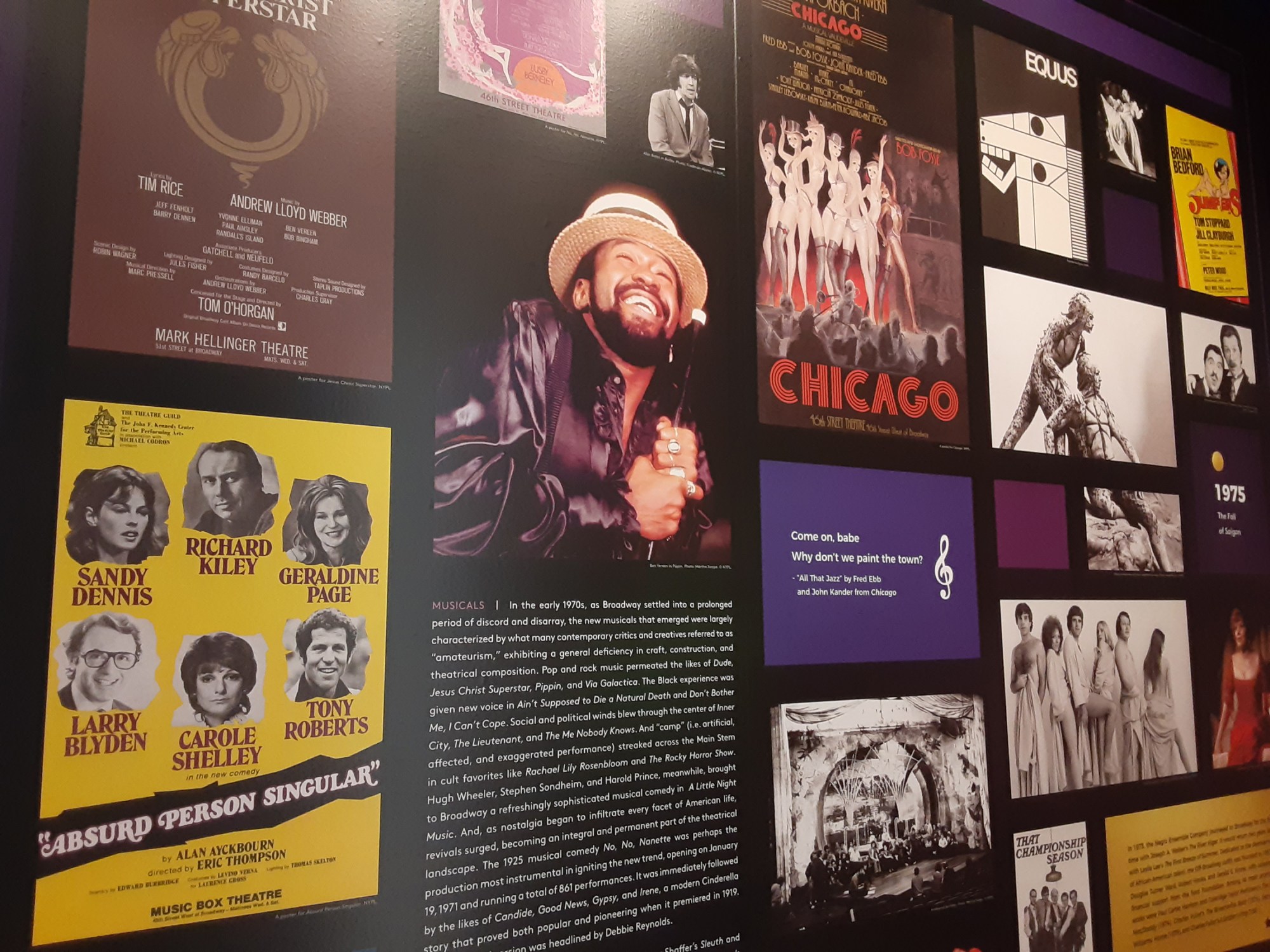
- Industry
The Museum of Broadway: 300 Years of History, Plays and Musicals
“Allow me to explain about the theater business. The natural condition is one of insurmountable obstacles on the road to imminent disaster… Strangely enough, it all turns out well… How? I don’t know. It’s a mystery.”
This brilliant line from Golden Globe nominee Geoffrey Rush’s character Philip Henslowe in the film Shakespeare in Love – written by Marc Norman and Tom Stoppard – summarizes one of the oldest, most multifaceted and most mysterious arts of all: theater. Now, a new museum is celebrating that art, in a dramatic and flamboyant city that many people regard as a huge stage in itself.
For almost 300 years, theater has been part of New York City, not only a cultural and social experience, but also an economic source of labor that generates billions of dollars in itself, as well as feeding tourism, hospitality and other big tax source industries.
Theater happens all over New York City, but the word “Broadway” has become a brand of its own. And just a few days ago, Manhattan opened its first permanent space focused on it: the “Museum of Broadway.”
According to The Broadway League -formerly the League of American Theatres and Producers, and League of New York Theatres and Producers-, the national trade association for the Broadway theatre industry based in NYC and more than 250 other North American cities, they had a gross income of $1,829 million with 14,7 million tickets sold in 2018-19. That was the last full season before the pandemic shutdown, the biggest hiatus in the stage industry ever; and those figures only cover the 41 theaters in Manhattan with a capacity over 500 seats.
After a two-year delay caused by the pandemic, the museum opened on November 15, 2022. The Mayor of New York City, Eric Adams, joined the co-founders of the museum, Julie Boardman (a two-time Tony Award-winning producer) and Diane Nicoletti, in the ribbon cutting ceremony.
The huge collection is at once historical and educational, showing the many dimensions of a theatrical production, from its first conception on paper, proceeding to the hiring of the talent – auditions, writing up contracts, dealing with unions – to all that happens in rehearsals and backstage – which for many members of the comfortably seated audience, is hard to imagine – and then, hopefully, the licensing for recording and merchandise, and national and international tours.
“This one-of-a-kind museum is an immersive and interactive theatrical experience devoted to musicals, plays, and the people who create them. Featuring the work of dozens of designers, artists, and theater historians, (it) takes visitors on a journey along the timeline of Broadway, from its birth to present day, where the past, present, and future come together,” says the press release.
Besides a huge replica of the trophy welcoming at the lobby, the Tony Award -Broadway’s main honor since 1947- has its own section. There the visitor learns, for instance, that against what most might think, it was named not after a man, but a woman: Mary Antoinette “Tony” Perry (1888-1946), actress, producer, director, and co-founder of the American Theatre Wing.
Of course, movies and TV shows are a strong pillar of this museum, due to the indissoluble liaison they have with plays and musicals. Many Golden Globes nominees and winners can be seen in their stage personae, including, for instance, the debuts of Gloria Swanson and Meryl Streep, the latter considered by many critics to be the greatest living actress.
Legendary stage musicals – some of which have generated movie versions that have won Golden Globes – have special sections, like Chicago, Cabaret, The Phantom of The Opera (Broadway’s longest-running show since 1988), The Lion King, Hello, Dolly!, HAIR, The Ziegfeld Follies, Evita, Oklahoma!, The Wiz, Sunset Boulevard, Fiddler on the Roof, Moulin Rouge!, In the Heights and Rent. They are many surprises for the visitors, like the chance to practice the iconic choreography of West Side Story, or pick up a public telephone to listen to an anecdote from a Broadway legend.
It takes many hours, and perhaps more than one visit, fully to appreciate all that this museum has to offer, to both experts and amateur visitors. And along with the invaluable permanent collection, it will also feature a selection of special exhibits, the current – and first – being The American Theatre as seen by Hirschfeld, which goes through nine decades of caricaturist Al Hirschfeld’s iconic images of theater from 1928 to 2002.
This original museum was made in collaboration with Playbill, Broadway Cares/Equity Fights AIDS, the Billy Rose Theater Division at the New York Public Library for the Performing Arts, the Al Hirschfeld Foundation, Goodspeed Musicals, Creative Goods, and Concord Theatricals.
For more information visit the museum’s official web page: https://www.themuseumofbroadway.com.

